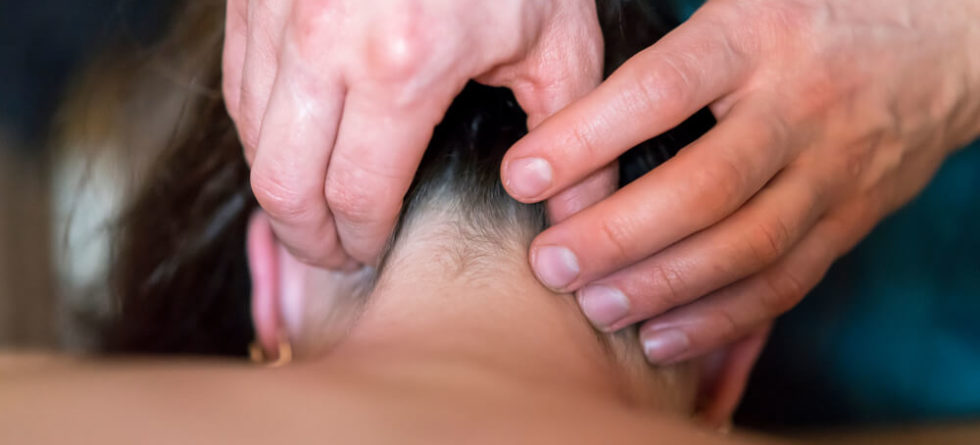A pinched nerve in the C5 region refers to compression or irritation of the fifth cervical nerve root, which exits the spinal cord in the neck area. This condition is also known as C5 radiculopathy.
The symptoms of a pinched nerve in the C5 region can vary, but they often include:
- Neck Pain: Pain is a common symptom, typically felt in the neck, around the shoulder blade, and down the arm on the affected side.
- Shoulder Pain: Pain may radiate into the shoulder and be felt in the front, back, or top of the shoulder.
- Arm Pain: The most characteristic symptom of C5 radiculopathy is pain that radiates down the front of the arm, often reaching the deltoid muscle area (outer upper arm) and sometimes extending into the thumb and index finger.
- Weakness: Muscle weakness may be present in the shoulder and upper arm, affecting your ability to lift or hold objects.
- Numbness and Tingling: There may be a feeling of numbness or tingling in the shoulder, upper arm, and fingers. The sensations typically follow the pathway of the affected nerve.
- Reflex Changes: Deep tendon reflexes, such as the biceps reflex (C5), may be altered or diminished on the affected side.
- Aggravation with Movement: Certain neck movements, such as bending backward or sideways, may worsen the pain and symptoms.
Symptoms of C5 radiculopathy can be similar to other neck and shoulder conditions, so it’s essential to have a proper evaluation and diagnosis from a healthcare professional. They can conduct a thorough examination, review your medical history, and may use diagnostic tests like imaging studies (X-rays, MRI) or electromyography (EMG) to confirm the presence of a pinched nerve and determine its location and severity.
If you experience persistent or worsening neck, shoulder, or arm pain, weakness, numbness, or tingling, seek medical attention promptly. Early diagnosis and appropriate treatment can improve outcomes and prevent further complications associated with a pinched nerve in the C5 region.




